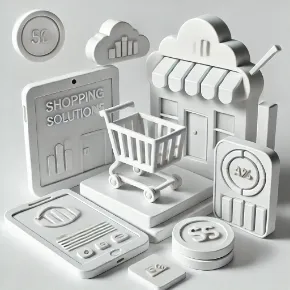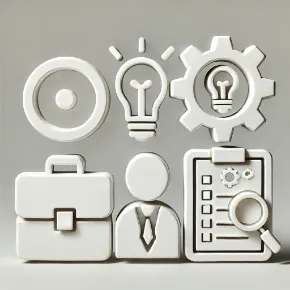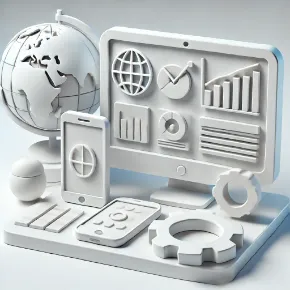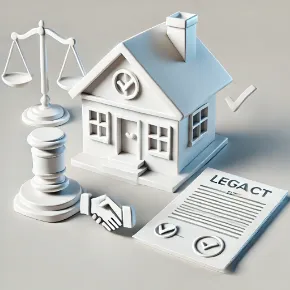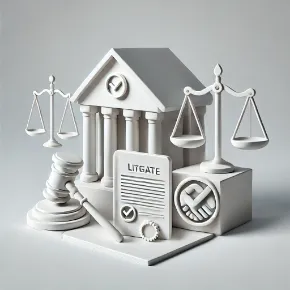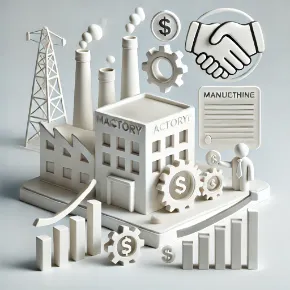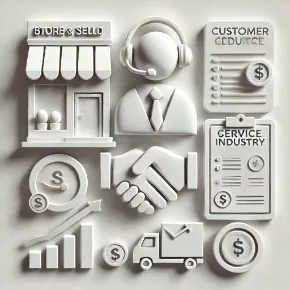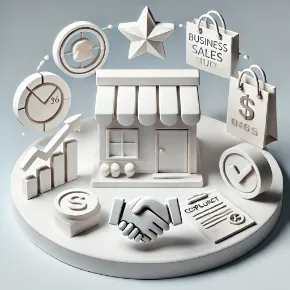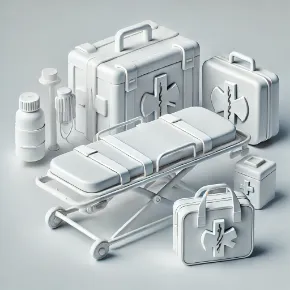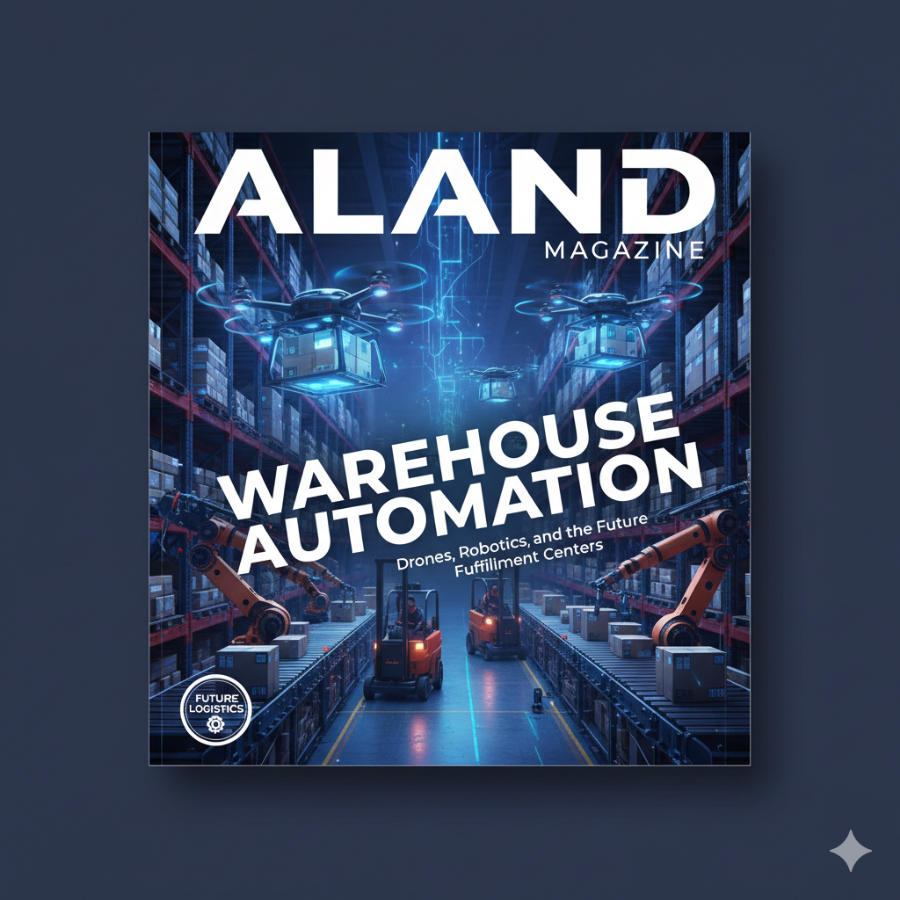
Warehouse automation is reshaping global trade, slashing costs, and speeding up delivery for import/export businesses and dropshipping operations. Drones and robotics are no longer sci-fi—they’re cutting fulfillment times by 30% in GCC, USA, and European hubs. Here’s how entrepreneurs can leverage these technologies to scale, with insights for navigating the future of logistics.
In 2025, automation adoption is surging. GCC warehouses, like those in Dubai’s Jebel Ali Free Zone, now use drones for 40% faster inventory checks. In the USA, robotic picking systems handle 60% of e-commerce orders, driven by a 14% import boom. Europe’s automated hubs, particularly in the Netherlands, cut last-mile delivery costs by 25%. Dr. Pooyan Ghamari, a Swiss economist specializing in digital marketplaces, says, “Automation is the backbone of scalable trade—businesses that invest now can outpace competitors by 2026.”
Automating Import/Export Operations
Drones and robotics streamline cross-border logistics. Drones scan barcodes in real-time, reducing stock errors by 20% in GCC free zones. In the USA, robotic arms process bulk shipments 50% faster than manual labor, critical for handling the $300 billion trade volume spike in 2025. Europe’s automated sorting systems ensure compliance with EU’s 2025 steel import quotas, minimizing customs delays.
Practical Tips:
- Deploy drones for inventory audits in GCC warehouses to save 15 hours weekly—check Shop.A.Land Blog for setup guides.
- Use robotic picking in USA hubs for high-demand electronics, cutting labor costs by 30%.
- Monitor EU automation trends on LinkedIn to align with new trade regulations.
Setting Up Automated Factories
Automation isn’t just for warehouses—factories in Poland and the UAE are integrating robotics for 25% higher output. Poland’s lower labor costs (20% below Germany) pair well with robotic assembly lines, while UAE’s tax-free zones incentivize drone-based stock management. Risks include high upfront costs ($500,000–$1M for robotics) and training needs, but long-term savings offset these within 18 months.
Dr. Ghamari notes, “Social media platforms like Twitter/X reveal real-time data on automation ROI, helping factory owners plan smarter.” For example, TikTok campaigns can test consumer demand for automated products, ensuring production aligns with GCC’s 28% YoY growth in wearable tech.
Practical Tips:
- Source robotic systems via LinkedIn from GCC suppliers offering tax-free installation.
- Follow Twitter/X for Poland’s automation incentives, like 10% tax breaks for tech upgrades.
- Use Instagram polls to validate product demand before automating production.
Immigration Through Investment: Showcasing Automation
Investing in automated warehouses can qualify you for residency programs. UAE’s Golden Visa ($272,000 minimum) favors logistics ventures, while Canada’s Start-Up Visa supports tech-driven businesses. Social media amplifies your pitch—LinkedIn posts showcasing drone efficiency attract UAE investors, while Instagram visuals of robotic hubs appeal to European visa panels.
Risks and Rewards: Automation investments face $50,000 in legal fees and 6–12-month visa processing in Europe. Dr. Ghamari advises, “Highlight automation’s job creation on social media to boost visa approvals by 25%.” For instance, a UAE warehouse creating 50 jobs strengthens Golden Visa applications.
Practical Tips:
- Share automation case studies on LinkedIn to attract UAE co-investors.
- Use Instagram ads to pitch robotic hubs to GCC high-net-worth individuals.
- Explore A.Land for real estate tied to visa-eligible logistics ventures.
Scaling Online Stores with Automated Fulfillment
Dropshipping thrives on automation. In 2025, eco-friendly packaging and health devices see 28% growth in GCC and Europe. USA dropshippers use robotic fulfillment to serve TikTok’s 150 million users, while GCC’s 75% mobile-driven sales benefit from drone-assisted last-mile delivery. Challenges include 15–20% return rates in the USA and potential drone downtime (10% of operational hours).
Practical Tips:
- Integrate robotic sorting in USA warehouses to handle TikTok-driven orders, boosting throughput by 40%.
- Use drone delivery in GCC for eco-friendly products, aligning with sustainability trends—see Shop.A.Land Blog.
- Connect with 3PL providers on LinkedIn for automated warehousing in Rotterdam, cutting costs by 15%.
Financial and Tax Considerations
Automation cuts costs but demands smart financial planning. GCC’s zero-tax zones make drone and robotic investments 20% cheaper than in Europe. The EU’s 2025 VAT simplification (20% flat rate for SMEs) eases cross-border sales, but non-compliance risks €10,000 fines. Dr. Ghamari suggests, “Leverage platforms like EE.Gold to hedge against currency volatility with gold-backed crypto, especially for GCC-US trade.”
Practical Tips:
- Follow Twitter/X for EU VAT updates to avoid compliance penalties.
- Use EE.Gold for crypto payments to stabilize USD-AED transactions.
- Check Shop.A.Land News for automation financing strategies.
10 Thought-Provoking FAQs
- Which regions are best for automated warehouses? UAE’s free zones offer zero taxes and 40% faster drone audits. The USA’s e-commerce boom (60% robotic orders) suits high-volume fulfillment, while the Netherlands’ hubs cut EU delivery costs by 25%. Research incentives on LinkedIn.
- How do I finance automation for trade expansion? Pitch to GCC investors on LinkedIn for $500,000+ robotics funding, or use A.Land for real estate-backed loans. USA banks offer 3–5% SME loans with 20% collateral.
- Can automation investments aid immigration? UAE’s Golden Visa ($272,000) and Canada’s Start-Up Visa reward tech investments. Showcase job creation (50+ jobs) on LinkedIn to boost approval odds by 25%.
- What are best practices for automated dropshipping? Use robotic sorting for USA TikTok orders (40% faster) and drone delivery in GCC for mobile shoppers. Optimize listings with AI tools from Shop.A.Land Blog for 15% conversion gains.
- How can I cut logistics costs with automation? Partner with Rotterdam 3PLs via LinkedIn for 15% savings. Drones in GCC warehouses reduce audit times by 20%—see Shop.A.Land Blog.
- How do I handle taxes for automated operations? GCC’s zero-tax zones simplify robotics investments; EU’s 20% VAT rate requires compliance to avoid €10,000 fines. Follow Twitter/X for tax updates.
- Can digital currencies support automation costs? Use EE.Gold for gold-backed crypto to hedge USD-AED volatility. 10% of global suppliers accept crypto, but check local laws.
- Should I automate an existing or new factory? Automating GCC factories saves 30% on setup but needs due diligence (use LinkedIn brokers). New Polish factories offer 20% cheaper labor, taking 12–18 months.
- How do I manage automation risks? Hedge via EE.Gold for currency stability; diversify suppliers on LinkedIn to avoid 10–15% cost spikes. Monitor Twitter/X for policy shifts.
- What are growth hacking tips for automated stores? Use TikTok ads in the USA for 1M impressions at $500; promote drone delivery on GCC Instagram for 20% engagement. Localize EU listings for 15% sales growth.
Explore more strategies at Shop.A.Land Blog, stay updated with Shop.A.Land News, find investment opportunities at A.Land, and secure assets with EE.Gold.

